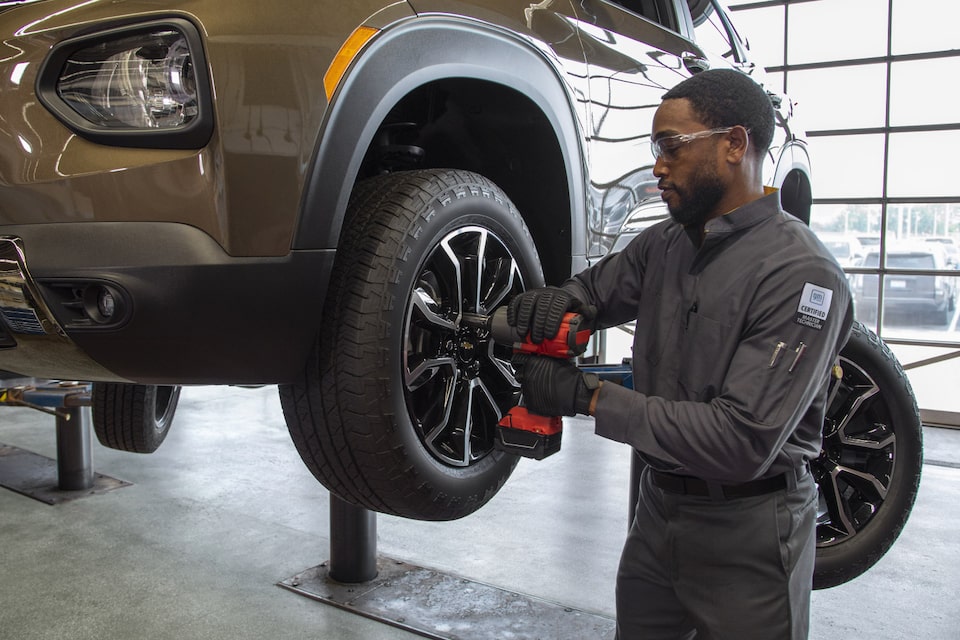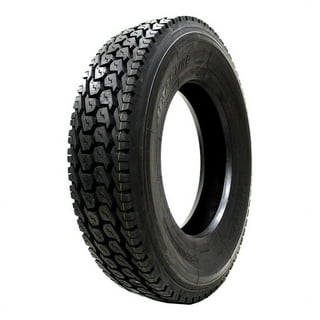Tire Solution: The Impact of Climate Condition
When it concerns making sure ideal efficiency and safety and security on the roadway, comprehending the effect of weather problems on tire solution is crucial. From scorching heat to icy roads, each climate element can substantially influence tire functionality and overall driving experience. By delving right into the impacts of differing weather on tires, motorists can gain beneficial understandings that might improve their vehicle's efficiency and durability. In this conversation, we will explore the intricate connection between weather and tire service, dropping light on the importance of weather-specific tire upkeep techniques and factors to consider.
Warmth and Tire Efficiency
When revealed to heats, tires experience changes in performance that can considerably influence automobile safety and security and handling. The warmth created from extended driving or warm climate conditions causes the tire rubber to soften, leading to decreased tread life and boosted wear. As the rubber ends up being softer, the tire's grasp on the roadway lessens, affecting stopping ranges and total traction. In severe cases, extreme warm can even trigger tire blowouts, presenting a serious security threat to the car and its residents.
Furthermore, high temperature levels can accelerate the procedure of tire aging, triggering the rubber to weaken much more quickly. To minimize the impacts of warm on tire efficiency, vehicle drivers ought to consistently inspect their tire pressure, revolve tires to make sure even use, and examine for any signs of damages.
Cold Weather Results
Cold climate conditions can have a considerable influence on tire performance and security. In chilly climate, tires might also shed air pressure more quickly, which can affect managing and gas effectiveness.
To mitigate the impacts of cool weather on tires, it is critical to on a regular basis check tire pressure and inflate them to the producer's suggested levels. Utilizing wintertime or all-season tires created for cool climate problems can additionally boost traction and hold on icy or snowy roads - discount tires morris il. Correct tire upkeep, including routine examinations for wear and damages, comes to be a lot more vital during colder months to ensure ideal efficiency and safety and security
Rainy Issues Effect
Throughout rainy problems, tire efficiency and safety can be considerably influenced by the wet road surface areas and decreased visibility. The step pattern of tires plays an important duty in maintaining traction on damp roads. Tires with damaged treads are much more vulnerable to hydroplaning, where a layer of water develops in between the road and the tire surface, causing loss of grip. To combat this, chauffeurs need to frequently check their tires for ample tread deepness and consider purchasing tires particularly created for damp problems.

Snow and Tire Safety
Snow-covered roads pose unique challenges for vehicle drivers, stressing the value of proper tire selection and upkeep. When driving in snowy problems, having the best tires can make a significant distinction in safety and performance. Winter months tires are created with special rubber compounds and walk patterns to give far better traction on snow and ice contrasted to all-season tires. The much deeper treads and sipes of winter months tires aid hold the road much better, minimizing the risk of gliding and sliding.
In enhancement to using winter months tires, it is critical to ensure they are effectively blown up. Cold weather condition can create tire pressure to go down, affecting grip and handling (discount tires morris il). On a regular basis checking and preserving the proper tire pressure is necessary for optimal performance in snowy problems

Weather-Related Tire Upkeep
Weather-related tire maintenance encompasses a range of methods aimed at making certain optimal tire function and read this longevity in different weather condition circumstances. One key element of weather-related tire maintenance is tire pressure guideline. Inspecting tire step consistently and replacing tires when tread wear reaches a certain deepness is vital for maintaining traction and security in adverse climate.
Verdict
In verdict, climate condition have a significant influence on tire performance and safety and security. From warmth influencing tire stress and put on to winter lowering traction, it is important to consider the climate when keeping and utilizing tires. Stormy problems can lower hold and result in hydroplaning, while snow can enhance the risk of accidents if tires are not properly equipped. Weather-related tire upkeep is vital in making certain ideal efficiency and security when driving.
In this conversation, we will check out the elaborate relationship in between weather condition problems and tire service, losing light on the relevance of weather-specific tire upkeep techniques and factors to consider.
